|
We often get questions about our MiniBoss. There are about 5 saws in and around this range that vary in cost and customers often query about the differences.
So here it is in a nutshell.
Contact Stihl Shop Penrith or come by to check out the entire range!
0 Comments
Budget: $0-100
Suggestions
Budget: $101-300 Suggestions
Budget: $301-500 Suggestions
Budget: $501-1000
Budget: $1000+ Check out Stihl's own guide here #LawnPorn is an Australian movement with turfheads far and wide obsessing over their lawn and trying to answer the age old question; “is the grass greener on the other side?”
Without spending dozens of hours researching products for your lawn, here is a quick breakdown on the LawnPorn range. Launch Key Ingredients: Kelp, Phosphorous. Use: new lawns, lawns under stress and the start of the growing season. What It Does: root system establishment and development. Green Light Key Ingredients: Nitrogen, Iron. Use: healthy lawn that needs a boost in colour (during the growing season). What It Does: improves colour and upper plant health. Root Builder Key Ingredients: Natural Seaweed Concentrate - Balanced Auxin to Cytokinin Ratio. Use: miscellaneous lawns (can be mixed in a tank and distributed with Launch or Green Light). What It Does: improves root response and nutrient uptake meaning stronger roots, better plant growth and greater resistance to stress. Charger Key Ingredients: 1:1 ratio of Nitrogen and Potassium. Use: good for use in summer and winter, keeps grass stronger in the winter time. What It Does: promotes lateral growth rather than vertical growth meaning a thicker, greener more luscious lawn. Good for colour, stress resistance, stress recovery, nutrient uptake. This product is a great all-rounder. Moist Key Ingredients: unique combination of surfactant technologies. Use: on all lawns. What It Does: used as a soil wetter to maximise water uptake and distribution. Insta-Green Key Ingredients: unique blend of pigments. Use: on all lawns when improved colour is desired. What It Does: in the simplest terms Insta-Green is a turf pigment/dye. Four Seasons Key Ingredients: Nitrogen and Potassium granules. Use: on all lawns. What It Does: a slow release fertiliser that continues to release nutrients over a 16 week period. The small granules ensure better distribution and less chance of granules being mowed up after application. History (Pesticide) Key Ingredients: Thiamethoxam. Use: for lawns that need help treating pests African Black Beetle, Argentinean Scarabs and Bilbugs Larvae. What It Does: History is absorbed by the grass and kills any pests that feed off it. Hero Key Ingredients: Humic Acid. Use: on all lawns. What It Does: promotes lateral growth, locks in soil based nutrients, enhances plant and soil health. We sell a whole range of LawnPorn products at Stihl Shop Penrith. 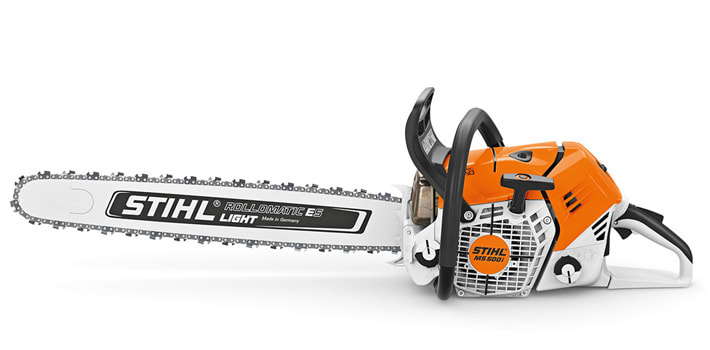 Choosing a high end Stihl chainsaw can be a complicated decision with multiple factors to weigh up. Here is a brief and simplified comparison summary. Emissions: MS500i - More MS661 - Less Fuel Consumption: MS500i - Less (due to fuel injection) MS661 - More Size: MS500i - More Compact MS661 - Larger, Heavier Kilowatts: MS500i - 5.0kW MS661 - 5.4kW Power: MS500i - Less Powerful MS661 - More Powerful Smart Technology: MS500i - Both - the 500i has superior technology compared to the 661 MS661 - Both - the 661 can adjust itself to run efficiently Price: MS500i - $2469 (3/8P w/ 25" ES Light Bar) MS661 - $2539 (3/8P w/ 25" ES Light Bar) What to choose? MS500i - Choose the MS500i if you’re after a smarter and lighter saw that still packs a punch (not as powerful as the MS661) MS661 - Choose the MS661 for superior power Buying garden equipment is, for most, a weighted decision. You are buying equipment that, with the right treatment, will last you many years so making the right decision is paramount. When getting your equipment set up there are no blanket rules about what is the best, however, you need to weigh up your requirements and choose the features that suit you best.
If you’ve decided to purchase your equipment in the petrol category (rather than battery or electric powered) you need to make an additional decision… do I want a 2 stroke or 4 stroke engine? In this post we are going to discuss some of the features of both and encourage you to consider all the different features when making up your mind. Keep in mind that there are 2 and 4 stroke engines in outdoor power equipment but you can also use the following information to inform your decision about motorcycles and go karts as they also often feature both engine types. I’ve worked in a retail mower business for 4 years now and grew up with a father who was in the industry for at least 30 years. Customers come in daily that are staunchly in favour of 2 or 4 stroke engines and often when probed are unsure why. When I meet these customers the “Pot Roast Principal” immediately comes to mind. A story of 3-4 generations of women who cut the end off their roast meat. As they trace down the line from mother to daughter to enquire as to the reasons behind wasting this end meat each woman explains that they do so because their mother did the same. They finally trace back to a great grandmother who explains her oven was too small to fit the entire roast and that’s the only reason she would cut off the end. Needless to say, generations of women wasted countless kilos of meat based on their mother before them without ever thinking to enquire about the reasons. Customers will demand a 2 or 4 stroke engine because that is what their father, brother, neighbour or landscaper mate told them to do. However, your needs for your average sized block in the suburbs may be different to the land owner who owns a couple of acres in the country. It is paramount to make your own informed decision separate to the advice of those around you. So, let’s weigh up the features of both. Without getting too bogged down in the details it is important to understand a bit about these engines before proceeding with this breakdown. All engines cycle through a 5 step combustion cycle to create power. These steps are intake, compression, ignition, combustion and exhaust. To complete a cycle 2-stroke engines take two strokes of the piston (or one crankshaft revolution), whereas 4-stroke engines take four strokes/two crankshaft revolutions. With this in mind the first consideration is: Power Generally speaking the power to weight ratio of a 2 stroke engine is better than a 4 stroke engine. 2 stroke engines will complete a combustion cycle twice in the time it takes for a 4 stroke engine to complete one cycle. Due to the above as well as a 2 stroke’s ability to rev up to higher speeds and the use of exhaust ports (rather than valves) means less weight for more power. 2 strokes and 4 strokes reach ideal power in a similar way, however, 2 strokes generally create more power per cubic centimetre. However, 4 strokes provide more torque (rotational force) with no dips and spikes as 2 strokes do. 4 stroke provides smoother power while 2 stroke engines provide optimum and improved power but only under ideal RPM range mean the engine, where possible, sometimes needs to be modulated. In summary 2 stroke provides lively, quick power while 4 stroke provides steady, consistent power. Weight In line with power, weight is an important consideration. Many people insist a bigger engine equals more power and this, for the most part, is true. Even so, a bigger engine also equals more weight and when you have to carry this weight in your hands you have to make a trade off between power and size. A 4 stroke engine can sometimes be up to double the size of a 2 stroke engine that generates the same power this, again, is because a 2 stroke is completing two functions per rotation instead of only one. 4 strokes are generally heavier, by up to 50%, due to additional moving parts in the engine. More weight can be favourable as it provides stability and as a result weight in an item like a lawn mower can be ideal. For equipment you have to carry, 2 stroke engines are a better option as they cause the user less fatigue and give them more manoeuvrability. Fuel and Lubrication Having worked in a mower shop for the past 4 years the number one turn off for customers regarding 2 stroke machines is having to mix fuels. For those that don’t know, 2 stroke machines have one fuel tank where you put a specific mixture of fuel and 2 stroke oil. While 4 strokes have a traditional set up similar to what you would see in a car where there is one compartment for fuel and one for 4 stroke oil. 4 strokes are lubricated by oil stored in the crankcase while 2 strokes are lubricated by the oil mixed into the fuel. One of the downsides to the 2 stroke mixtures is that much of the oil in the fuel is not burned in the lubrication process and ends up as an emission… in the simplest terms, 2 stroke engines generate more pollution. In order to deem 4 strokes to be more environmentally friendly you must dispose of your motor oil correctly with a liquid waste service. If you change your oil and dump it down a sink or on some grass it is likely causing just as much harm as emissions from a 2 stroke. 4 stroke engines are generally more fuel efficient as they only consume fuel every 4 strokes. Beyond considerations of the environment the mixing of 2 stroke fuel is not as complicated as some believe it to be. You will need to make a few one off purchases and a few ongoing purchases depending on how you set yourself up. You will need a five litre Jerry Can that is used strictly for your 2 stroke equipment (don’t try and use one can for multiple purposes as you will eventually mix something up and nothing kills a 2 stroke quicker than straight fuel with no oil in it). Next you will need 100mL of 2 stroke oil. Go to your local service station and put 5 litres of regular unleaded fuel into your Jerry Can (no ethanol - I’ll explain later). Add your 100mL of 2 stroke and give it a shake every time you need to fuel your machine just to move the oil around and that is it! It honestly only is about a 3 step process and 5L of mixed fuel will probably fill the tank 7-10 times. Most quality 2 stroke brands now mix at a fuel to 2 stroke ratio of 50:1, which is 20mL of 2 stroke oil for every 1L of unleaded petrol. A hidden advantage to running a 2 stroke engine is every time you change or top up fuel your “changing the oil”. In a 4 stroke engine you should change your oil every 10-20 hours of use so this is just something you need to remember to do. Motor Design and Maintenance 2 stroke engines have a simpler design with less moving parts than a 4 stroke engine. In the event of a breakdown a 2 stroke engine will require less parts at a lower cost, meaning maintenance is generally more expensive on a 4 stroke. Sound One thing I commonly hear about 2 strokes is that they are louder. However, according to research on decibels the sound produced by 4 stroke machines is a deeper sound that carries further and rates higher on a dB reading. The problem is 2 strokes produce a higher pitched sound which many find to be more irritating. Price This isn’t much of a category because there are a lot of variables, especially depending on where you are reading this from. It’s difficult to compare apples to apples in terms of price as different brands and model types offer different features. Generally speaking you can get a 2 stroke model with similar power to a 4 stroke model for cheaper. Additional Considerations Some additional considerations that aren’t lengthy enough to warrant their own section.
A Simple Breakdown Power 2 Stroke: More power for less weight. 4 Stroke: More power for more weight. Winner: Tied, you can get similar power in each type, it’s just how much weight you want to carry. Combustion Cycle 2 Stroke: 2 power strokes per revolution. 4 Stroke: 1 power stroke per revolution. Winner: 2 Stroke. Torque 2 Stroke: More dips and spikes. 4 Stroke: Better rotational force. Winner: 4 Stroke. Types of Power 2 Stroke: Lively and quick. 4 Stroke: Steady and consistent. Winner: Tied, depends on your application Weight 2 Stroke: Lighter. 4 Stroke: Heavier (sometimes up to 50% for the same power production). Winner: 2 stroke (although a heavier machine may be better for applications where stability is required). Fuel Type 2 Stroke: Requires Mixing with 2 Stroke Oil. 4 Stroke: Regular Unleaded (oil in separate compartment). Winner: 4 stroke (but only just, this simply depends on preference). Oil Changes 2 Stroke: No oil change required as oil is mixed into fuel. 4 Stroke: Every 10-20 hours oil requires changing. Winner: 2 Stroke. Environmental 2 Stroke: Oil emissions are more significant. 4 Stroke: Minimal emissions. Winner: 4 Stroke. Make Up 2 Stroke: Less moving parts. 4 Stroke: More moving parts. Winner: 2 stroke (less parts = less to go wrong). Noise 2 Stroke: Perceived as noisier as they produce a higher pitched sound. 4 Stroke: Technically noisier on a dB rating but don’t seem as annoying due to lower pitch. Winner: 4 Stroke. Price 2 Stroke: Cheaper. 4 Stroke: More Expensive. Winner: 2 Stroke. Starting 2 Stroke: Easier 4 Stroke: Harder Winner: 2 Stroke Development 2 Stroke: European countries such as Germany. 4 Stroke: Asian countries such as Japan. Winner: Tied Storage 2 Stroke: Can be stored most ways. 4 Stroke: Needs to be stored level. Winner: 2 Stroke Final Thoughts When weighing up all the features I believe 2 strokes are a much better choice for handheld equipment such as blowers, trimmers and chainsaws. They are more powerful for less weight and less money. For applications where torque and stability are requirements a 4 stroke is a better choice, this, and the fact that 2 stroke lawn mowers are becoming harder to come by is why I would recommend a 4 stroke lawn mower. Sources: Kibbe, M. (2014). The Pot Roast Principal. https://www.psychologytoday.com/au/blog/thinking-makes-it-so/201402/the-pot-roast-principle Berryman Products. (?). What’s The Difference Between 2-Stroke and 4-Stroke Engines? https://www.berrymanproducts.com/two-stroke-vs-four-stroke-engines/ Benedict, L. (2005). 2 Stroke and 4 Stroke Engines - What’s The Difference? https://www.lsuagcenter.com/portals/communications/news/news_archive/2005/december/news%20you%20can%20use/2stroke-and-4stroke-engines--whats-the-difference#:~:text=In%20a%202%2Dstroke%20engine,two%20revolutions%20of%20the%20crankshaft). Deboer, C. (2009). 2 Cycle vs 4 Cycle Engines - Which Is Better? https://www.protoolreviews.com/2-cycle-vs-4-cycle-engines-which-better/ Ride with the Knights. (2020). 2 Stroke vs 4 Stroke - Which Is Better For You? https://www.youtube.com/watch?v=Nt-dAN6qFWI Honda Lawn Parts. (2018). Servicing Your Honda Trimmer. https://blog.hondalawnparts.com/servicing-your-honda-trimmer/ 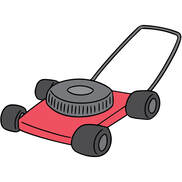 When mowing your lawn there are two ways you can handle your clippings. Mulching or catching. So what are these two methods and which way, if any, is better. Catching involves simply catching your mower clippings and disposing them, either in a green waste bin or perhaps using them for mulch in your gardens or using them to contribute to your compost. While we are discussing catching, let’s take a quick diversion on catcher styles. Catchers can be either plastic polymer or a mesh material. Many buyers are very sceptical of the mesh catchers, worried that they will tear, but the big advantage of a mesh catcher is the air flow, which allows your clippings to move easily from deck to chute to catcher. My personal experience with mesh catchers has been good, my 8 year old cheapy mower has a mesh catcher and has never missed a beat. The advantage to a plastic catcher is it is tear resistant. Anyway, back to the main article! Mulching means taking the catcher off, plugging the rear of your mower, either with the rear flap of your mower, or even better a proper mulch plug that will keep the clippings right underneath the deck and allow them to be chopped up finally. So why would you do one or the other? To Catch…
To Mulch…
Catching is also more appropriate if you have a problem with weeds. Mulching can cause the spread of weeds, keeping an eye on this and catching while treating weed problems can avoid the spread. Mulching can then be resumed once the weed problem is managed. Finally, you should catch if in colder climates or situations where clippings left behind do not decompose fast enough causing thatch. Mulching is more appropriate when you have a large lawn and do not want to be constantly stopping to empty your catcher. When you are regularly mowing your lawn and keeping its length down, mulching still gives you a really neat finish as the clippings left behind are short and manageable. The number one reason someone would mulch has to be nutrients and moisture. Mulching provides a huge amount of beneficial nutrients back into your lawn giving you a healthier lawn that will leave your neighbours “green” with envy. Schoormans, M. (2014). Mulch or catch lawn clippings? https://stratamow.com.au/blog/mulch-or-catch-lawn-clippings Spiers, L. (2003). Catching vs mulching. https://www.lawnandlandscape.com/article/catching-vs--mulching/ Jims Mowing. (2021). Should You Catch or Mulch When Mowing? https://www.jimsmowing.com.au/2021/04/should-you-catch-or-mulch-when-mowing/ Coates, C. (2017). Mulching vs. Bagging Grass Clippings: Which is best for my Idaho lawn? https://www.outbacklandscapeinc.com/blog/mulching-vs-bagging-grass-clipping Property Care. (2008). Lawn Mowing To Mulch or Catch. http://www.indmowing.com.au/forum/showthread.php?2251-Lawn-Mowing-To-mulch-or-catch  Performing basic maintenance on your grass trimmer is an activity that should ideally be performed annually. So, what is required? Step 1: Lay your trimmer in front of you with the metal shaft pointing to the left and the engine on the right hand side. Step 2: Change the spark plug. The spark plug suited to this equipment is the NGK brand BPMR7A. You remove the spark plug by lifting the rubber cover and loosening the plug by turning it with a “Scrench” (Combination Wrench) in an anti-clockwise direction. Once the plug is loosened, continue twisting it by hand until it comes out. Then put a new plug in, tightening it by hand, at first, and then doing the final tighten using your scrench. Finally, replace the rubber cover making sure it is firmly placed back over the top of the new spark plug. Step 3: Open your fuel tank and empty any fuel. Using a hooking tool, hook the fuel line and drag it gently upwards until the fuel filter is hooked and exposed, ready to grab, at the opening of the fuel tank. Remove the old fuel filter by holding the fuel line in one hand and the fuel filter in the other and gently pulling them apart. Replace with a new fuel filter by gently wriggling the tip into the exposed fuel line end. Once attached, push the fuel line and new filter back into the tank and close the lid. Step 4: Remove the air filter cover by pushing down on the air filter cover tab and pull out the old air filter. Put a new air filter in. Close the lid. Congratulations, you have now completed a service on your FS38, 45 or 55. You can purchase all the parts and tools required at Stihl Shop Penrith. Working in a mower shop for the last several years I’ve discovered the most common, albeit ill conceived, question is: “how many CCs is it?”
The question is being asked as the enquirer really wants to know, “how powerful is this machine?” and many, including myself at one time, were led to believe the number one metric of power is CCs. It wasn’t until I started realising that products with a lower CC measurement were being sold for more and marked as “more powerful” than items with a higher CC measurement that I started to question this metric. How could this be? It was then I began to develop a cursory understanding of what the measurement of power really was… you see, you wouldn’t measure the drive from Sydney to Brisbane in litres and, in the same sense, in order to understand the power of a machine you need to understand not only CCs but also horsepower or kilowatts. So, what is the difference? I don’t intend to give an over the top detailed explanation here as the normal everyday Joe will get by with the basics. CC stands for Cubic Centimetre (or sometimes Cubic Capacity) and in the simplest terms refers to the size of the engine. More specifically the working volume of the cylinder/s. In the past the simplest way to increase the power output of the engine was to increase its size (and in turn working volume), but now bigger doesn’t always mean better but conversely can also mean heavier and bulkier. The real skill now is creating an engine that has an excellent power to weight ratio. Horsepower (or more commonly in Australia Kilowatts) refers to the maximum power output that can be generated by the given engine. Displacement (or CCs) is a measurement of the total volume of the chambers calculated using factors such as the diameter of the cylinders, the distance the piston travels per stroke and the number of cylinders. Horsepower is found by multiplying torque by engine speed and dividing it by radians per second. 1 Horsepower is equal to 0.75 kW approximately. So, to wrap up this short article, when determining or comparing the power of a machine you want to look at horsepower/kilowatts rather than CCs. Sources: Angelovska, E. (2019). Difference Between Horsepower and CC. http://www.differencebetween.net/science/difference-between-horsepower-and-cc/#:~:text=The%20horsepower%20presents%20the%20engine,(with%20volume%20in%20cc) |

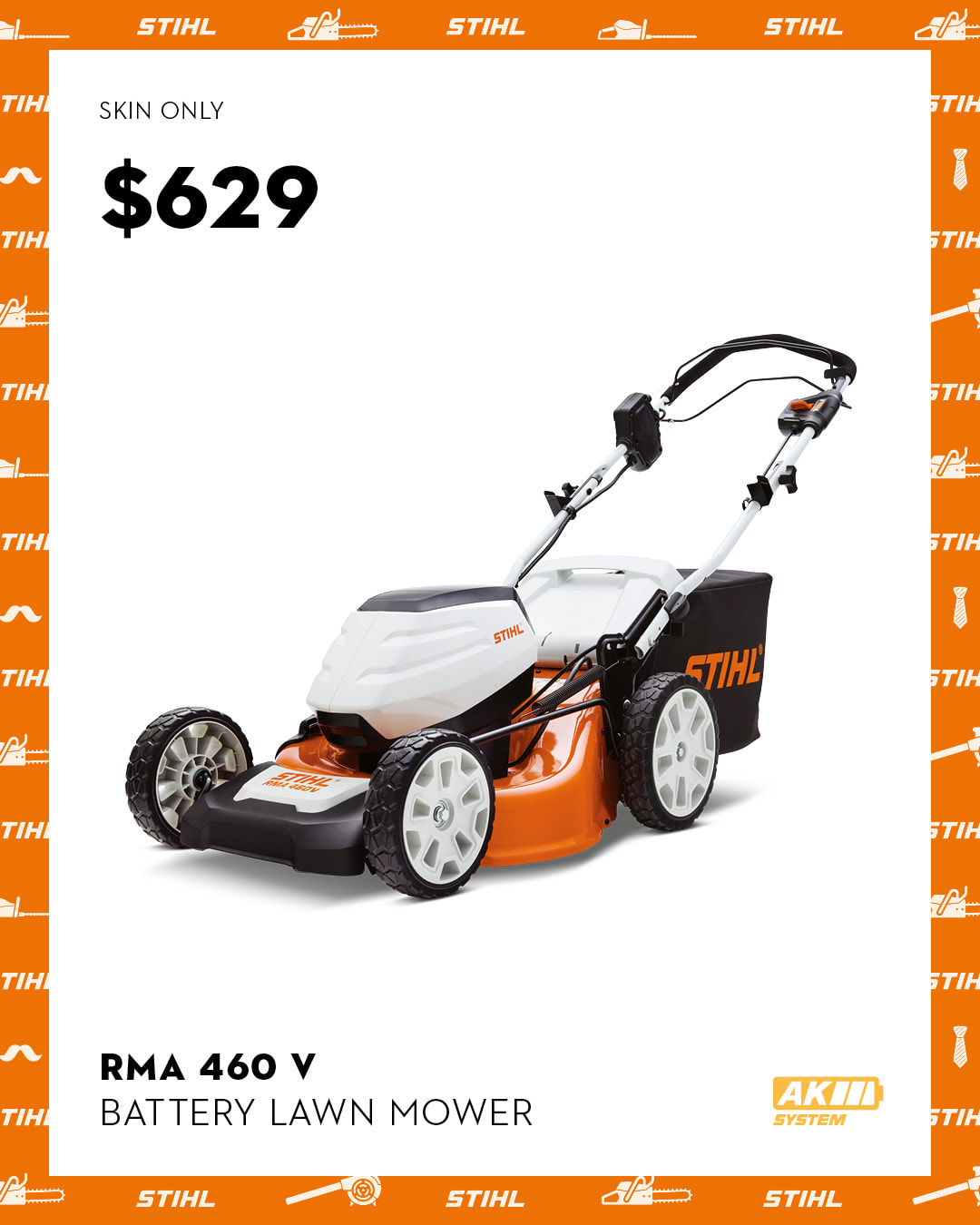
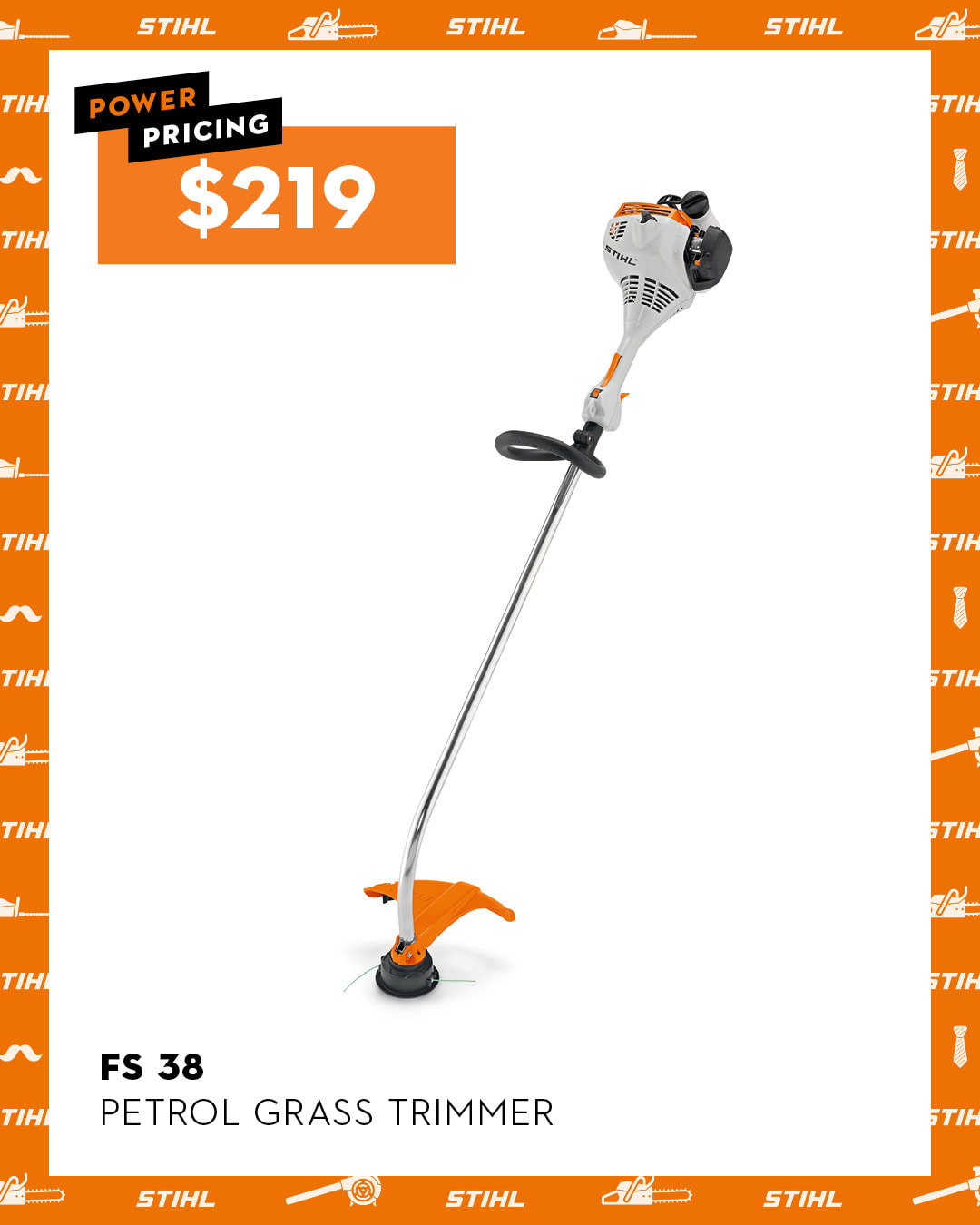
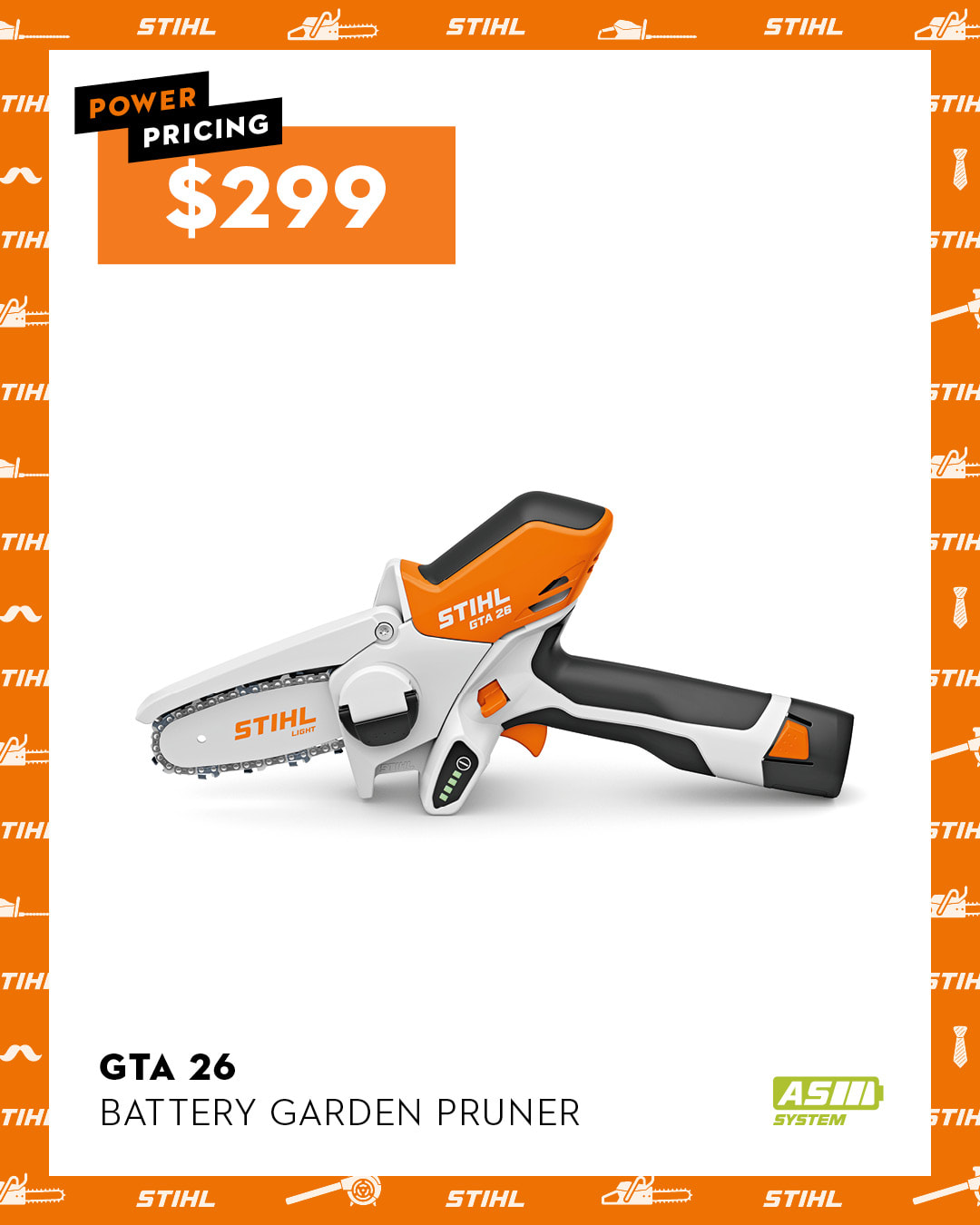
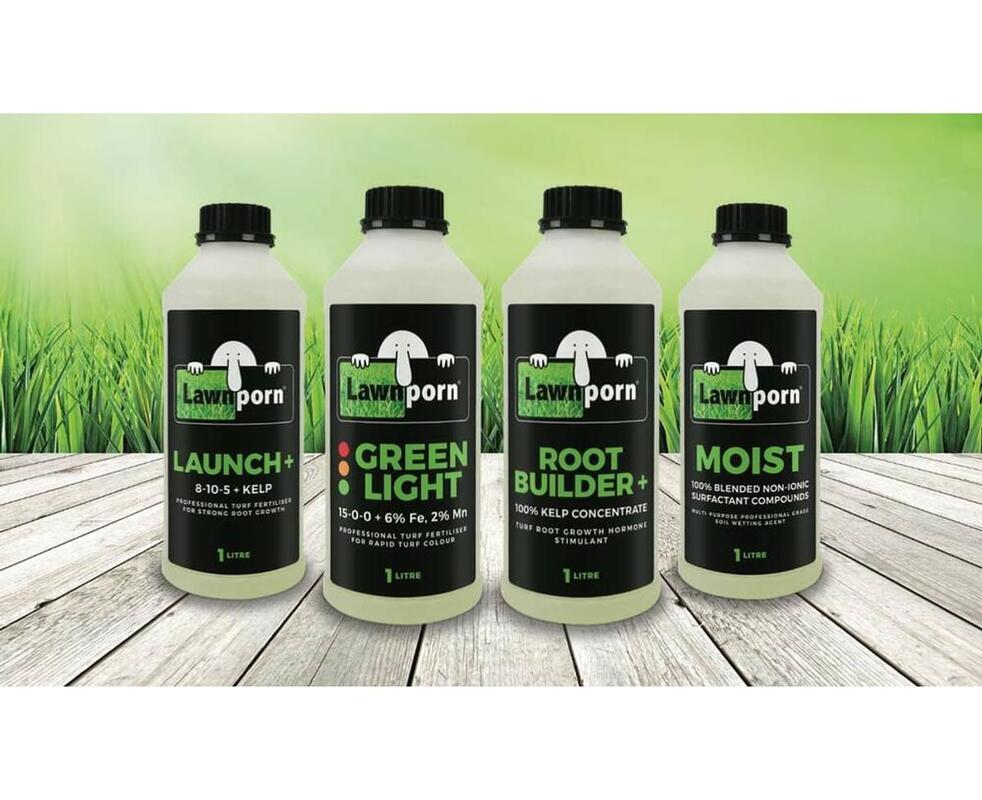

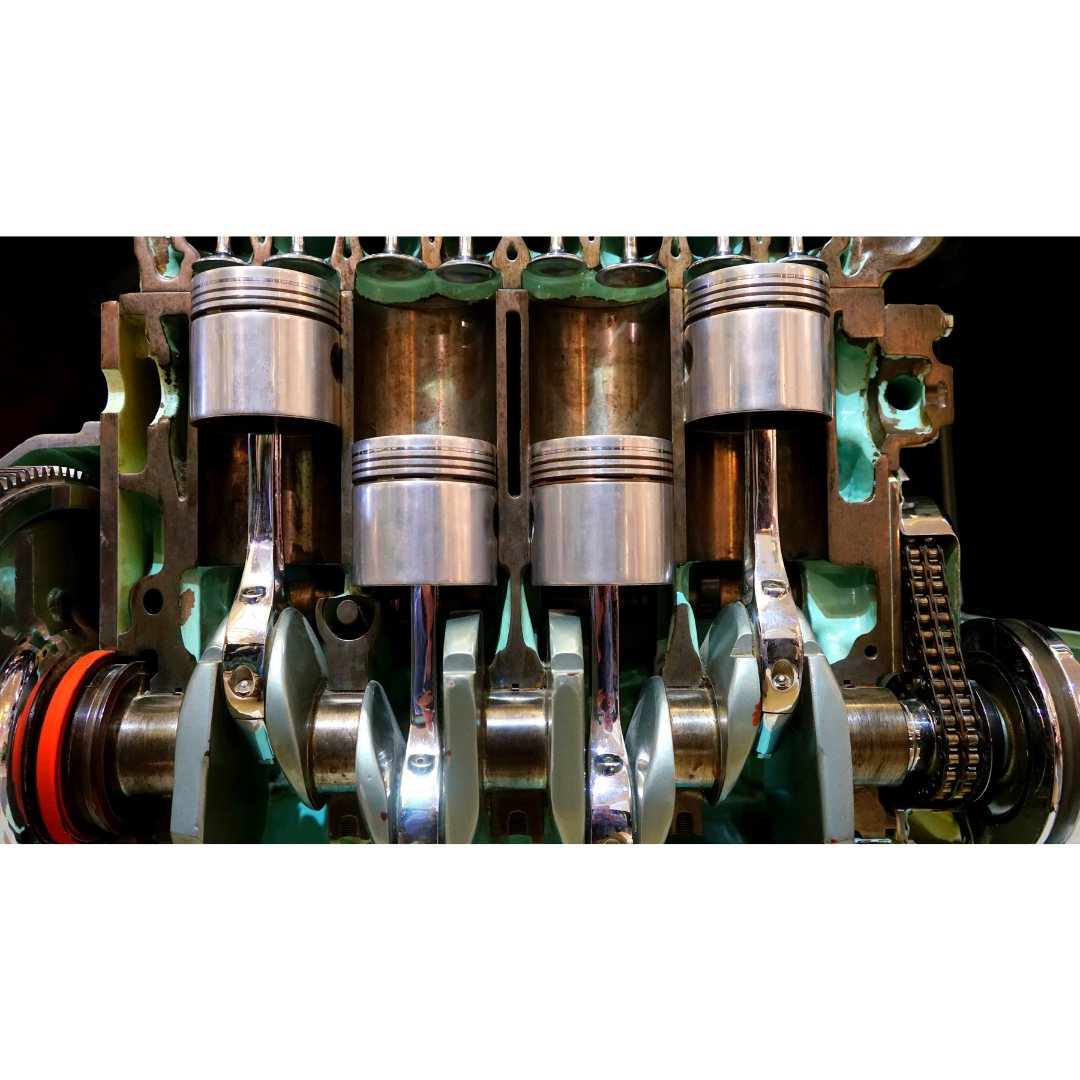
 RSS Feed
RSS Feed